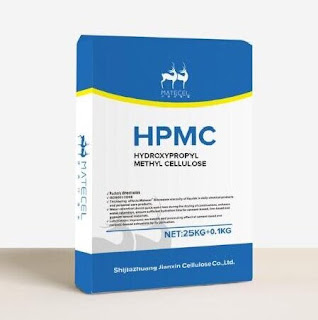A Quick Guide to the Preservation of Artifacts
Artifacts are objects that hold historical, cultural, or scientific significance. They offer a window into the past, allowing us to learn about the people who lived before us and the world they inhabited. Preserving artifacts is essential for maintaining our cultural heritage and ensuring that future generations can learn from them. Here is a quick guide to the preservation of artifacts:
Handling
One of the most important aspects of artifact preservation is proper handling. Artifacts should always be handled with care and respect to avoid damage. It is recommended that you wear gloves when handling artifacts to prevent oil from your skin from transferring to the object. When moving an artifact, it should always be carried with two hands and supported from underneath. Avoid picking up objects by the handle or any protruding parts as they can break off easily.
Low-oxygen(Constant Humidity) And Clean Showcase
Cleaning
Cleaning artifacts is an essential part of preservation. However, it should only be done when necessary and with the utmost care. Before cleaning an artifact, it is important to identify the type of material it is made from and any specific cleaning requirements it may have. For example, some materials may be sensitive to water or certain chemicals. It is best to consult a professional conservator before attempting to clean an artifact yourself.
Storage
Proper storage is crucial for artifact preservation. Artifacts should be stored in a stable environment with controlled temperature and humidity levels. Excessive heat, cold, or moisture can cause damage to artifacts over time. It is also important to store artifacts in materials that are safe for them. For example, acid-free tissue paper, boxes, and folders are commonly used for paper artifacts. Similarly, materials such as foam or polyester batting can be used for three-dimensional objects to provide support and cushioning.
Display
If an artifact is going to be displayed, it is important to take precautions to prevent damage. Display cases should be made of materials that are safe for the artifact and should be free from any chemicals or materials that could harm it. The artifact should be securely mounted or placed on a stable base to prevent it from tipping or falling. Additionally, the display area should be kept clean and free from dust or other debris that could damage the artifact.
A museum wall display case is a specialized showcase that is designed to be mounted on a wall, allowing for the display of valuable artifacts, artwork, and other historical or cultural items in a space-saving manner. These cases are specifically designed to provide a controlled environment that protects the objects inside from environmental damage, such as fluctuations in humidity, temperature, and exposure to light.
Environmental Control
Environmental control is critical for the preservation of artifacts. Artifacts should be kept in a stable environment with controlled temperature and humidity levels. Exposure to high or low temperatures, as well as high or low humidity, can cause damage to artifacts over time. It is important to monitor the temperature and humidity levels regularly and make adjustments as needed to maintain a stable environment.
Pest Control
Pests can be a significant threat to artifact preservation. Insects, rodents, and other pests can cause damage to artifacts, such as eating through paper or fabric. It is important to implement pest control measures to prevent infestations. This can include regular cleaning, sealing off entry points, and using pest control products that are safe for artifacts.
Constant Humidity And Clean Storage Cabinet
Documentation
Documentation is an essential part of artifact preservation. It is important to keep a record of the artifact's history, including its origin, significance, and any past restoration or conservation work. This information can help future generations understand and appreciate the artifact's cultural or historical value. Additionally, detailed documentation can be used to track any changes in the artifact's condition over time, allowing for early detection of any deterioration or damage.
Conservation
Conservation is the process of preserving an artifact and restoring it to its original condition. Conservation work should only be done by a professional conservator with experience working with the specific type of artifact. Conservation work can include cleaning, stabilizing, and repairing any damage or deterioration to the artifact. It is important to note that conservation work should be done with the utmost care and respect for the artifact's original materials and design.
We offer museum exhibit cases, which combine proven methods, hardware, and materials. All museum exhibit cases are designed and manufactured by CNRO, and we offer a custom service to create the right museum exhibit case for your collection.
If you need more information or support on museum storage cabinets, please don’t hesitate to contact us at marketing@cnrotech.com, we will try our best to support you.
https://www.cnro.net/news-a-quick-guide-to-the-preservation-of-artifacts.html




评论
发表评论